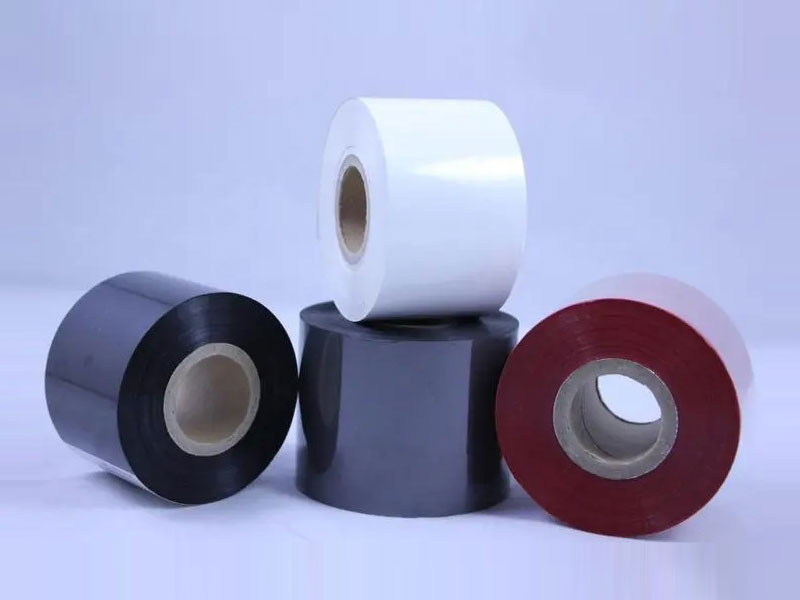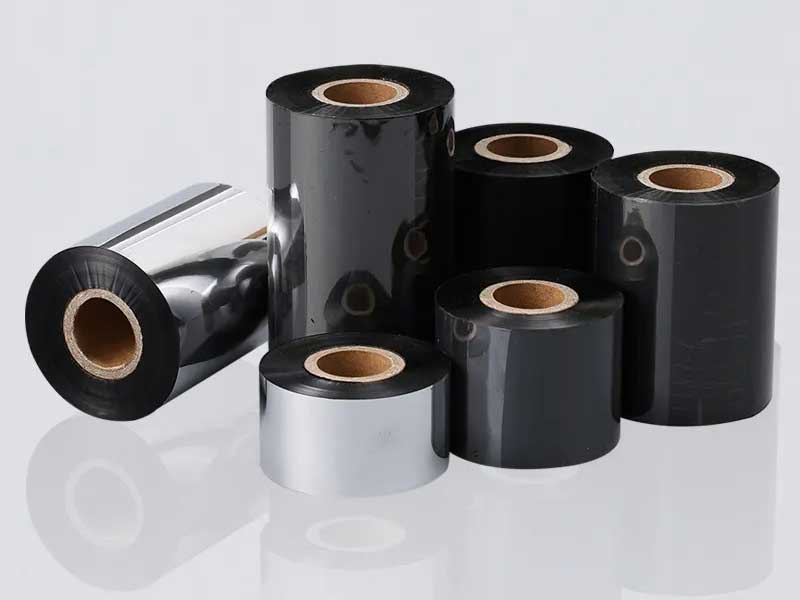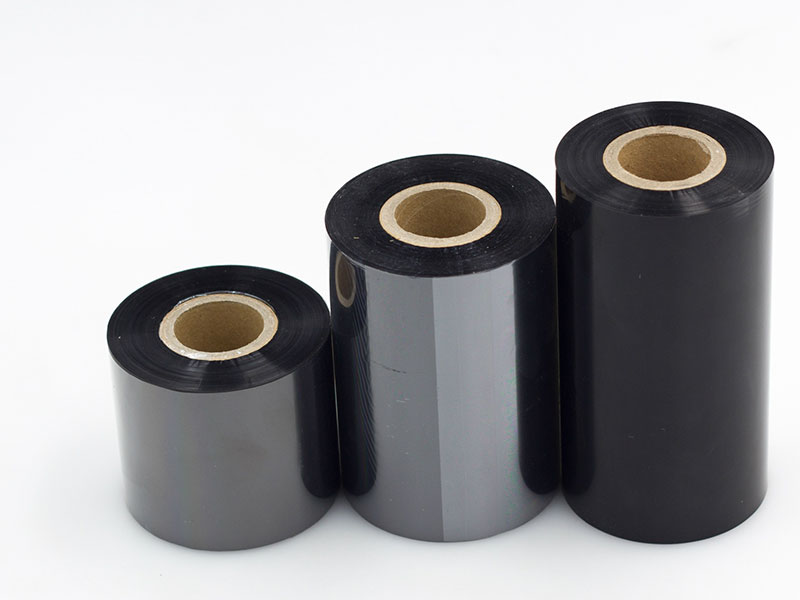Choosing the right ribbon slitting machine needs to be considered according to the production needs, material characteristics and efficiency requirements. Here are 5 key features and key points to choose to help you match your device accurately:
1. Slitting accuracy and stability
• Core indicators: slitting width tolerance (usually within ±0.1mm), edge flatness.
• Application Scenarios:
◦ For high-precision requirements (such as electronic tags, medical ribbons), choose laser positioning or servo motor-driven slitting machine with high rigidity tool holder.
◦ Mechanical slitting is an option for general industrial use, such as logistics labels, but the wear resistance of the blade needs to be ensured.
• Technical configuration:
◦ Preferably equipped with an "automatic web correction system" to avoid material misalignment.
◦ Inflatable shaft or hydraulic clamping design reduces material slippage.

2. Degree of automation
• Key features:
◦ Automatic tension control: Avoid ribbon stretching or wrinkling, especially for thin materials such as polyester films up to 1.5 μm.
◦ Intelligent fixed-length slitting: Precise length control through photoelectric sensors or encoders, suitable for small batches and multi-specification orders.
• Efficiency Improvement:
◦ Fully automatic models (if equipped with robot winding) are suitable for continuous production and reduce manual intervention.
◦ Semi-automatic models are suitable for small and medium-sized businesses, where cost and labor efficiency are trade-off.
3. Material compatibility
• Ribbon type adaptation:
◦ Wax-based/mixed-base: a general-purpose slitting machine is sufficient, pay attention to temperature control (wax-based easy-sticky knife).
◦ Resin-based: High hardness inserts (such as tungsten steel) and stronger slitting force are required.
• Special Needs:
◦ Anti-static designs (e.g., ionic air bars) are suitable for thin-film ribbons that are prone to static electricity.
◦ For multi-layer composite ribbons, you need to choose a slitting machine with pre-peeling function.

4. Productivity and scalability
• Speed Matching:
◦ Low-speed slitting (<50m/min): suitable for high-precision or brittle materials.
◦ High-speed slitting (>150m/min): Equipped with dynamic balance roller and quick tool change system.
• Extended Functions:
◦ Modular design (e.g., in-line inspection and coding systems can be installed) to adapt to future upgrades.
◦ Multi-axis synchronous slitting (e.g., slitting 8-12 rolls at a time) to increase batch capacity.
5. Safety and ease of maintenance
• Safety:
◦ Emergency brake, protective cover interlock device (CE/OSHA compliant).
◦ Blade isolation design to avoid handling contact.
• Maintenance Costs:
◦ Choose models with long blade life (e.g., ceramic coating) or easy-to-change construction.
◦ Self-lubricating system and fault diagnosis reduce downtime.

Recommendations for purchasing decisions
1. Clarify the list of requirements: prioritize slitting accuracy, speed, budget, and test the sample slitting effect.
2. Supplier evaluation: Examine the industry case of the equipment manufacturer (such as whether it has experience in the label printing industry).
3. Test verification: focus on testing the curlness, end-face uniformity and tensile stability of the ribbon after slitting.
Through the analysis of the above dimensions, the purchase risk can be significantly reduced and the equipment and production needs can be highly matched.

Finding the reliable way to industrial ribbon slitting machines is a comprehensive practice of precision engineering, intelligent control and system optimization.
02. January, 2026
By mastering these three forces, you will master the weapon to cut out a brilliant future in the fierce competition.
02. January, 2026
A high-quality ribbon slitting machine must achieve a precise balance in multiple technical dimensions to achieve excellent performance of "stable and non-cassette".
02. January, 2026
it uses precise cutting to cut out a more economical, more efficient and more environmentally friendly development path for enterprises.
29. December, 2025
Modern high-quality ribbon slitting machine combines automation, intelligence and high precision:
29. December, 2025